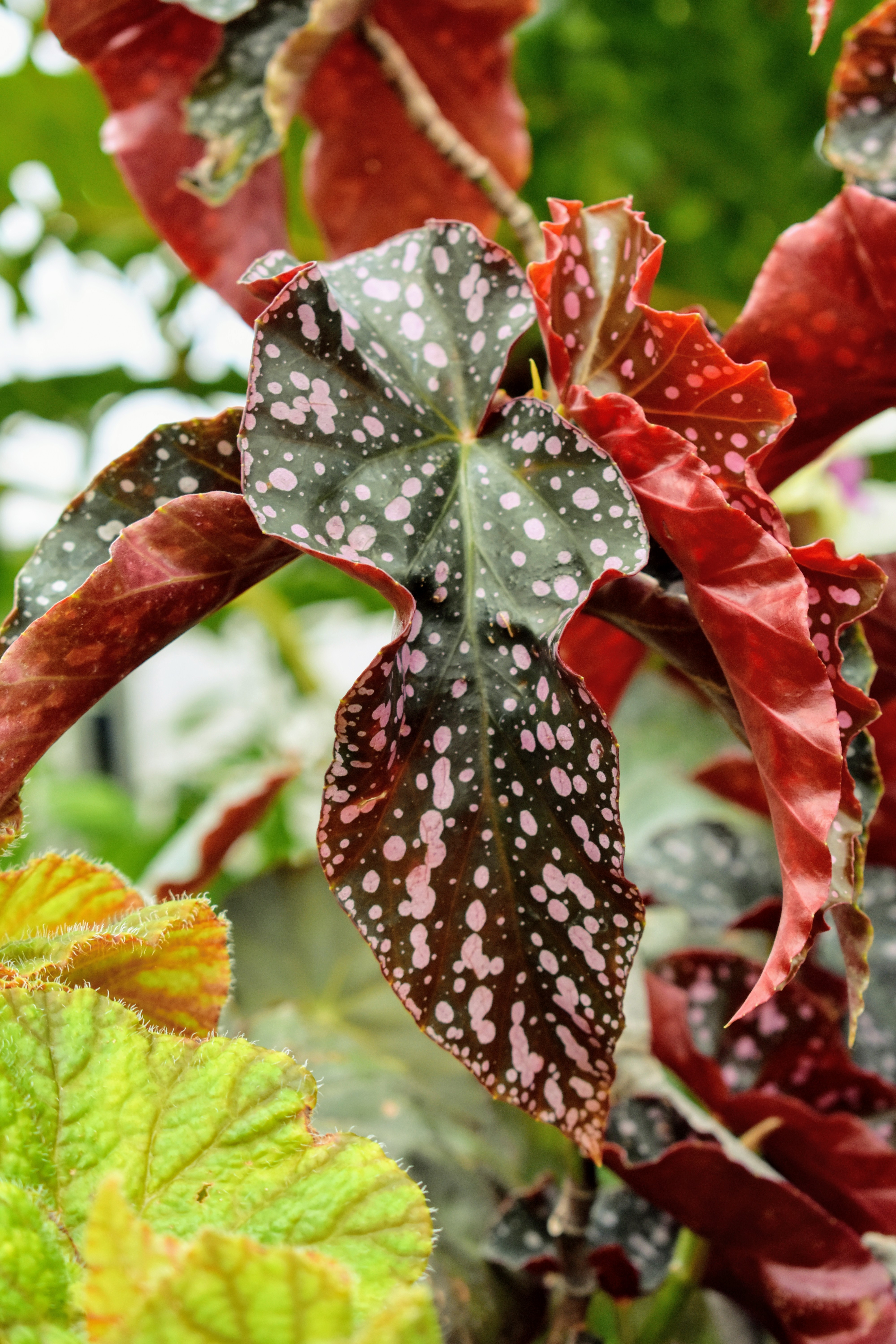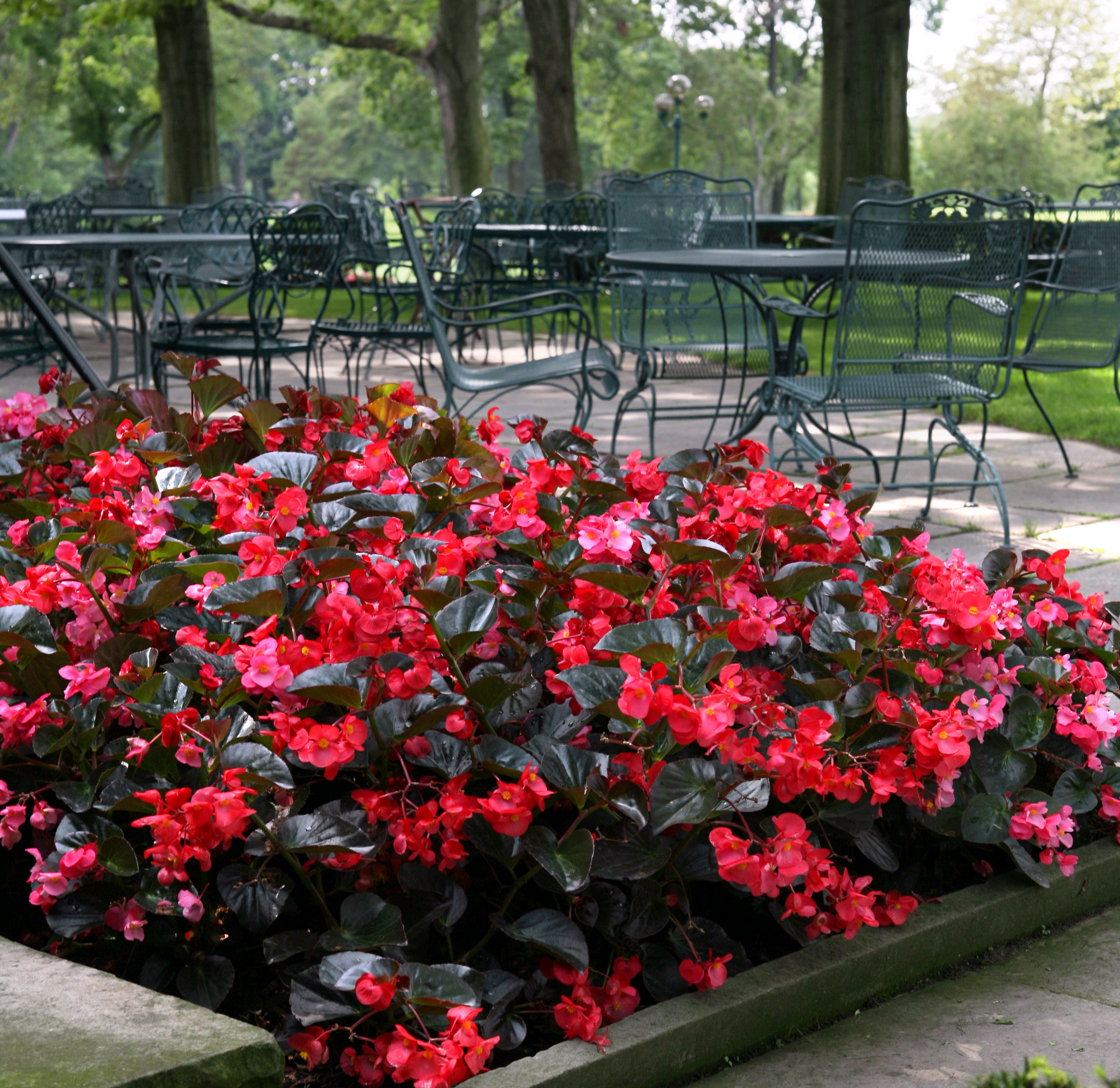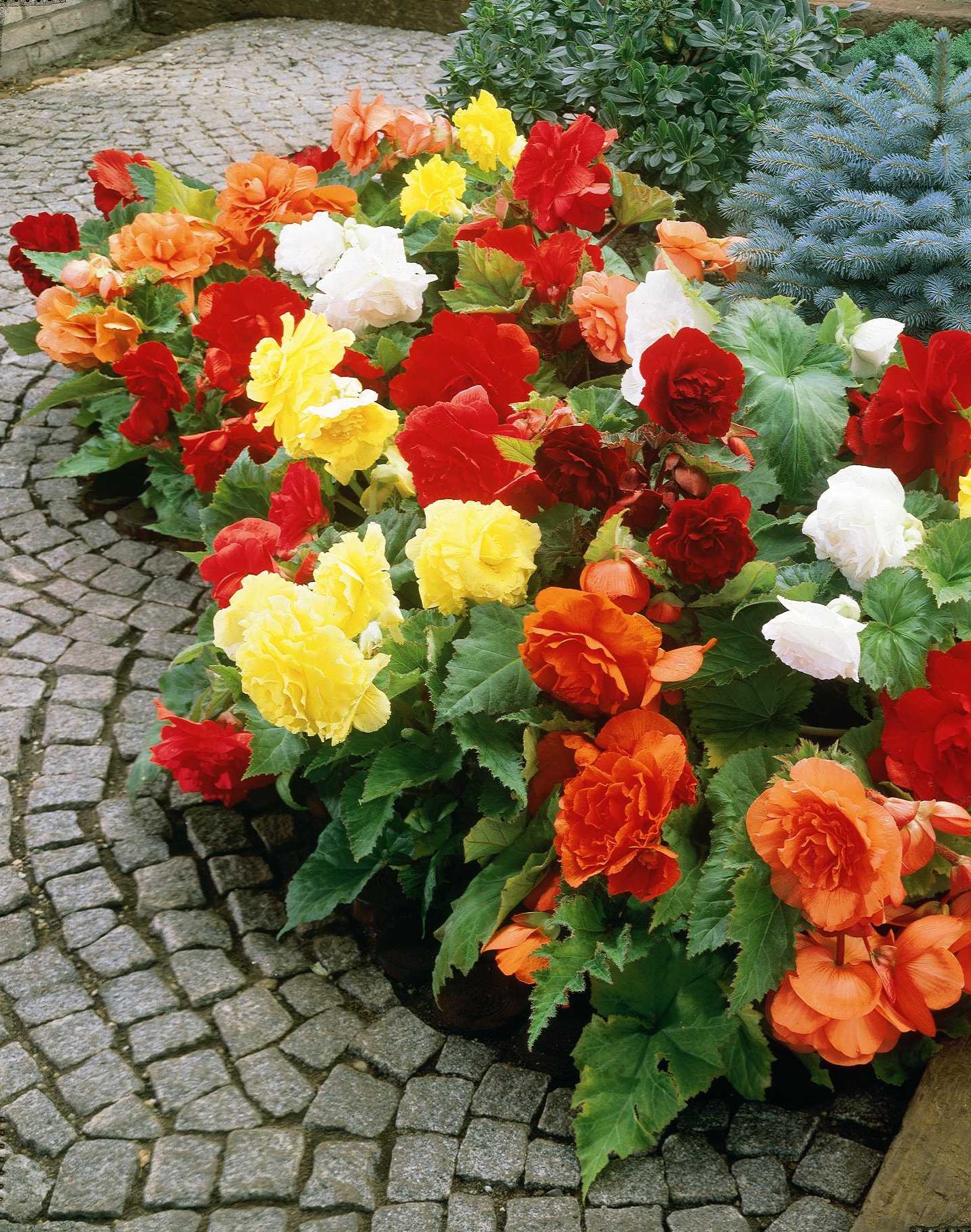Why Begonias Thrive in the Ground
When it comes to planting begonias in the ground, gardeners can reap numerous benefits that contribute to the plant’s overall health and vitality. One of the primary advantages is the improved soil quality. In-ground planting allows begonias to tap into the natural nutrients and minerals present in the soil, promoting stronger root growth and more vibrant blooms. Additionally, planting begonias in the ground provides better drainage, which is essential for preventing waterlogged soil and root rot. By giving their begonias a solid foundation, gardeners can create an environment that fosters healthy growth and encourages their plants to thrive.
Choosing the Right Begonia Variety for Your Garden
With over 1,800 species of begonias, selecting the right variety for your garden can be a daunting task. However, by understanding the different types of begonias and their specific growing requirements, gardeners can make informed decisions that ensure their plants thrive. Tuberous begonias, for instance, are ideal for hanging baskets and containers, while rhizomatous begonias are perfect for shady areas and fibrous-rooted begonias excel in well-draining soil. By considering factors such as climate, soil type, and desired bloom color, gardeners can choose a begonia variety that is well-suited to their garden’s unique conditions, setting the stage for successful planting begonias in the ground.
Preparing the Soil for Your Begonias
Before planting begonias in the ground, it’s essential to prepare the soil to provide an optimal growing environment. The first step is to test the pH level of the soil, as begonias prefer a slightly acidic to neutral soil pH (5.5-7.0). If the soil is too alkaline, add organic matter such as peat moss or compost to lower the pH. Next, remove any debris, weeds, and rocks that could hinder root growth. Adding a 2-3 inch layer of organic matter, such as compost or well-rotted manure, will improve soil structure, fertility, and drainage. This will give your begonias a strong foundation for healthy growth and development, making planting begonias in the ground a successful endeavor.
How to Plant Begonias in the Ground for Optimal Growth
When planting begonias in the ground, it’s crucial to follow a few simple steps to ensure optimal growth and development. First, gently remove the begonia from its container, taking care not to disturb the roots. If the roots are circling or tangled, gently tease them apart with your fingers to encourage outward growth. Plant the begonia at the same depth as it was in the container, making sure the soil level is just above the node from which the stem emerges. Space begonias 12-18 inches apart, depending on the variety, to allow for proper air circulation and growth. Water thoroughly after planting and keep the soil consistently moist during the first few weeks after planting begonias in the ground. By following these steps, gardeners can set their begonias up for success and enjoy a thriving, vibrant display.
Watering and Mulching Your Begonias
Proper watering and mulching techniques are essential for the health and success of begonias planted in the ground. Begonias require consistent moisture, especially during the first few weeks after planting begonias in the ground. Water them deeply once or twice a week, depending on weather conditions, but avoid overwatering, which can lead to root rot. Check the soil regularly by inserting your finger into the soil up to the knuckle; if the soil feels dry, it’s time to water. Mulching around the base of the plants helps retain moisture, suppress weeds, and regulate soil temperature. Use a 2-3 inch layer of organic mulch, such as bark chips or straw, and keep it a few inches away from the stem to prevent rot. As an added benefit, mulch can help reduce soil erosion and improve soil structure over time. By following these watering and mulching guidelines, gardeners can create an ideal environment for their begonias to thrive.
Common Mistakes to Avoid When Planting Begonias
When planting begonias in the ground, it’s essential to avoid common mistakes that can hinder their growth and development. One of the most critical mistakes is planting begonias too deeply, which can cause the stem to rot and lead to poor growth. Make sure to plant the begonia at the same depth as it was in the container, and avoid burying the crown or node. Another mistake is not providing enough light for begonias, which require bright, indirect light to thrive. Ensure that the planting location receives the recommended amount of light for the specific begonia variety. Neglecting fertilization is also a common mistake, as begonias require regular feeding to promote healthy growth and flowering. Use a balanced fertilizer during the growing season, and avoid overfertilizing, which can damage the roots. By being aware of these common mistakes, gardeners can take steps to avoid them and create a thriving begonia display when planting begonias in the ground.
Tips for Ongoing Begonia Care and Maintenance
To keep begonias thriving after planting begonias in the ground, regular care and maintenance are essential. Pruning is a crucial aspect of begonia care, as it encourages bushy growth and promotes flowering. Remove any dead or damaged leaves or stems, and trim back leggy growth to maintain a compact shape. Fertilization is also vital, as begonias require regular feeding to promote healthy growth and flowering. Use a balanced fertilizer during the growing season, and avoid overfertilizing, which can damage the roots. Dividing begonias is another important aspect of care, as it allows gardeners to propagate new plants and maintain the health of existing ones. Divide begonias in the spring or fall, making sure each division has at least one growing eye. Additionally, keep an eye out for pests and diseases, such as mealybugs, spider mites, and root rot, and take action promptly if any issues arise. By following these tips, gardeners can enjoy a thriving and beautiful begonia display for years to come.
Creating a Stunning Begonia Display in Your Garden
With proper care and maintenance, begonias can become a stunning focal point in any garden. To create a beautiful begonia display, consider combining begonias with other plants that complement their unique foliage and flowers. For example, pair begonias with ferns, impatiens, or coleus for a lush, tropical look. Containers and hanging baskets are also great ways to showcase begonias, adding a pop of color and texture to patios, porches, or balconies. When planting begonias in the ground, consider creating a begonia border or bed, using a mix of different varieties to create a visually interesting display. Additionally, consider using begonias as a groundcover, allowing them to spread and fill in gaps between other plants. By getting creative with begonia placement and combination, gardeners can create a truly stunning begonia display that will be the envy of the neighborhood.









